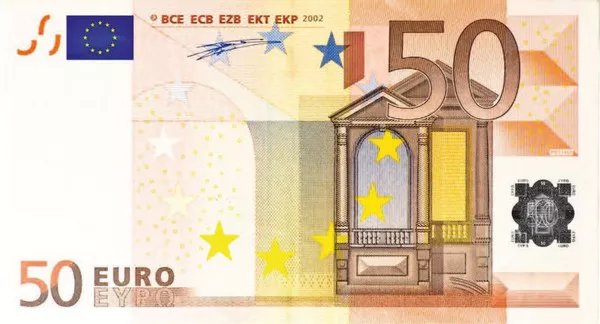How to prevent risks in foreign trade?
Due to the integration of international economy and trade, economic exchanges between countries are getting closer and closer.
Many times, investors will face the problem of use when trading, but the change may bring them additional losses.
How to guard against this risk?
Specifically, forex trading has three risk components – local currency, foreign currency and time, which constitute time risk and value risk.
Method 1: The method of optimization combination.
Generally speaking, in export trade, “coins” or currencies with an upward trend should be chosen as the denomination currency;
In the import trade, we should choose the “soft currency” or the currency with a downward trend as the denomination currency.
In selected currency combinations, a combination of “coin” and “soft currency” can be used to offset the gains from an appreciating currency against the losses from a depreciating currency.
If the other party insists on choosing the currency in the transaction, the buyer and seller can negotiate against the other party’s loss.
Method two: advance payment or delay payment.
After the import and export contract comes into effect, the enterprise shall closely track the changes in the exchange rate of the expected currency receivable and payable against the local currency.
Once the delivery rate changes dramatically, it can be avoided by changing the payment time.
Method 3: Balance method.
It refers to the method by which an enterprise creates the reverse flow of funds in the same currency, amount and maturity as the risk currency by conducting business research in the same period, so as to eliminate it.
Of course, under normal circumstances, it is difficult to achieve a “perfect balance” in the currency receivable and payable by importers and exporters.
Therefore, in order to achieve this operation, we also need to rely on the close cooperation of all parts of the enterprise.
Method four: Adjust the contract price.
In the export business, if the exporter insists on using the domestic currency as the valuation currency, when the exchange rate tends to float, the exchange rate risk of the enterprise’s export will increase.
Therefore, in the case of seller’s market, the exporter should raise the export price appropriately to make up for the possible loss in the expected foreign exchange.
Specific methods should be derived from practice.
The above methods are only theoretical guidance.
How to operate, this question still requires trading participants to pay more attention to the market changes, take reasonable risk control measures to protect the capital.
The dollar rose to a one-week high and gold fell below 1,770 ahead of the Fed rate decision.
Please pay attention to the specific operation, the market is changing rapidly, investment needs to be cautious, the operation strategy is for reference only.

























